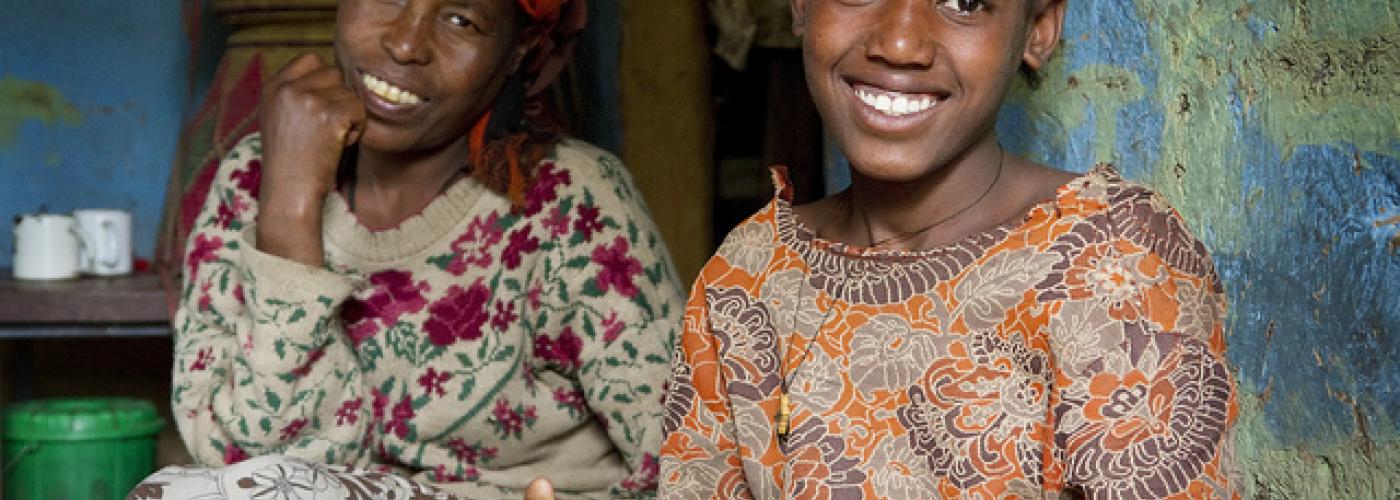Donor Coordination Failing Development in Sub-Saharan Africa
Image


Photo: D. Njaay/www.comengip.org/2-2016
In my early encounters in financing for development, documenting and reporting on outreach and communication, it became obvious that there are huge misunderstandings on both sides of the aisle (donors-investors and recipients). Specific to sub-Saharan Africa, and to a larger extent, other parts of the world, when expectations are not communicated and roles left to assumption, this can jeopardize the "relationship" in such a framework. Whether risks are downplayed or returns overblown, it's my role to reasonably define the key responsibilities of each party and make sure the plan forward is well understood and updated as needed.
In today’s sub-Saharan Africa investment needs framework, it’s likely that opportunity gaps will affect performance for in-demand areas that local livelihoods depend on. Basic infrastructure in food, agriculture, health and education is being provisioned without much regard to medium and long-term impact or in sync with local private actors’ interests. The lost decades of development in the seventies were in part caused by such poor planning cycles from donors’ perspectives.
Due to early stage markets in sub-Saharan Africa, investors are often made up of local entrepreneurs, with very few trans-border participants. Endogenous investors often gain from residual setbacks and unfulfilled demands from donors’ investments. Despite this, the African food market is expanding with estimates showing that it will be worth US$1 trillion by 2030, up from the current US$300 billion. Key challenges remain to allow the optimal transition of enterprises into thriving businesses.
Recipients representing the bulk (90 percent) of the development aid resources are poised, with little to no preparation, to fulfill the delicate task of producing the grain and harvesting it with help of women and families in typical smallholder farmer settings. Demand for food is also projected to at least double by 2050.
These trends, combined with the continent’s food import bill (estimated at a staggering US$30–50 billion) indicate that an opportunity exists for smallholder farmers, already producing 80 percent of the food we eat.
At this juncture, there is little interaction among the perspectives of donors, entrepreneurs and beneficiaries. Wherever resources are being allocated, due to the scarcity of skills and institutional instability, better outreach and communication need to be conducted for the sake of ownership and accountability in project deliverables.
Obviously, the whole starts with dialogue. Let's have the conversation!

